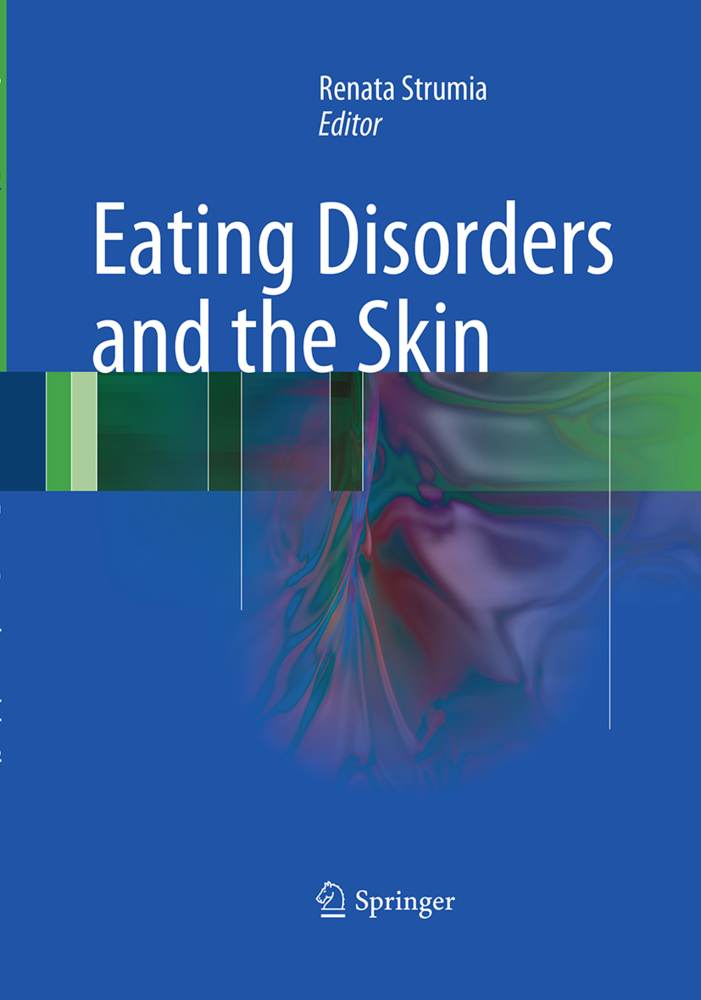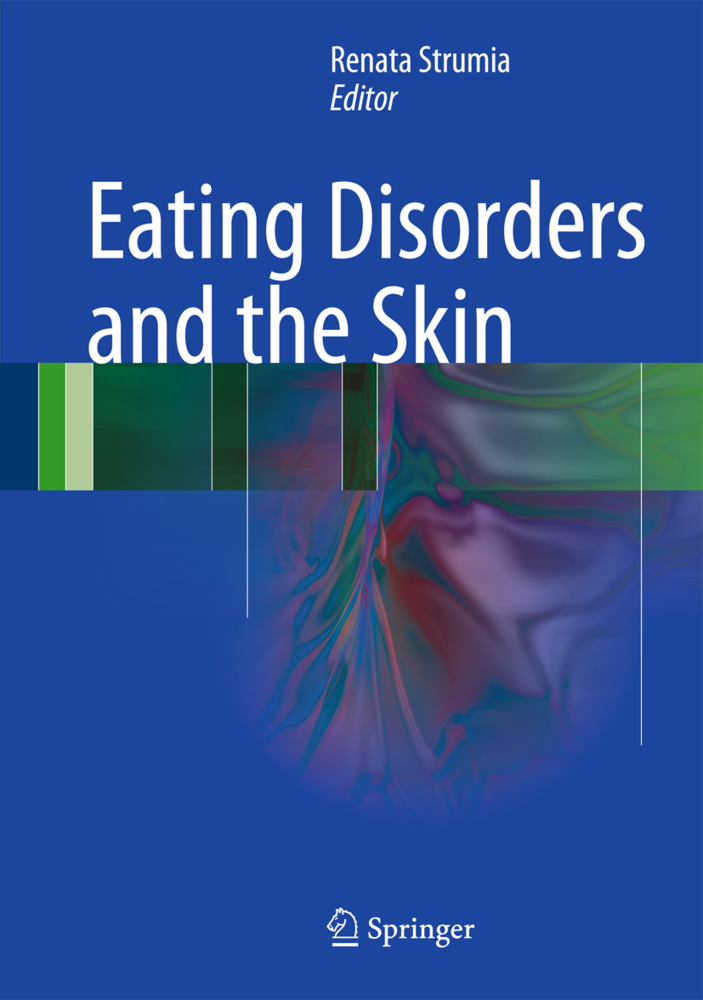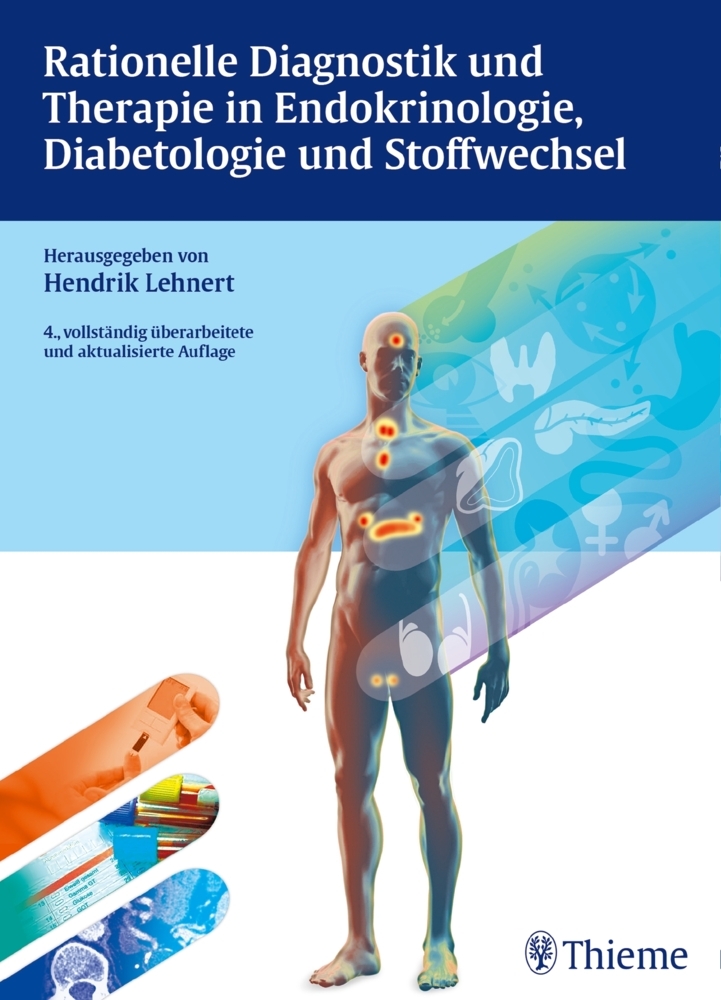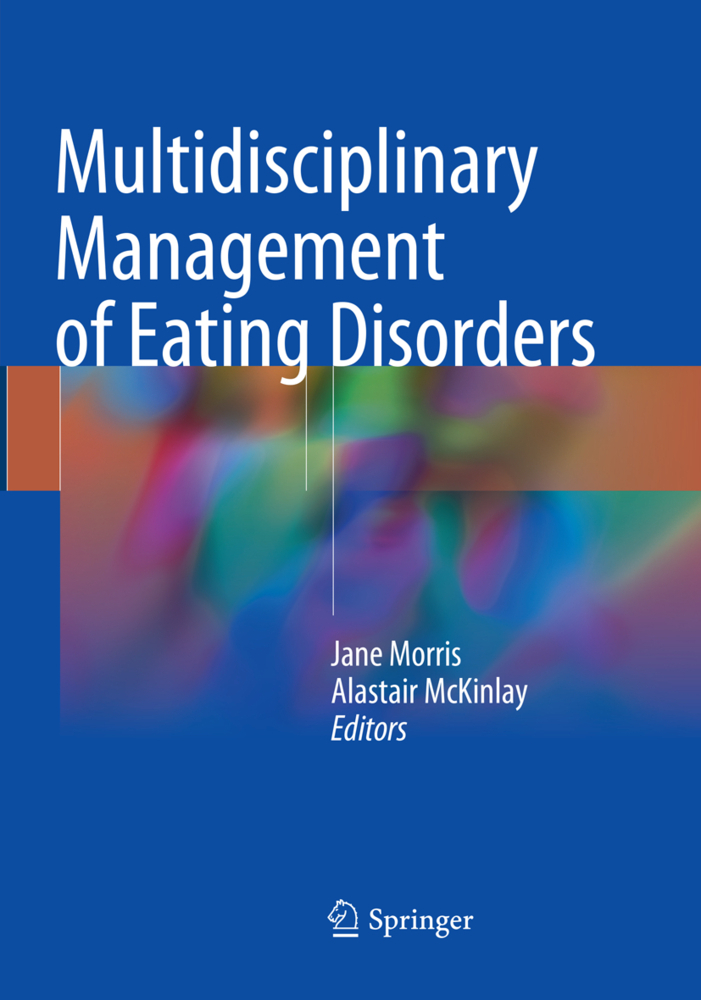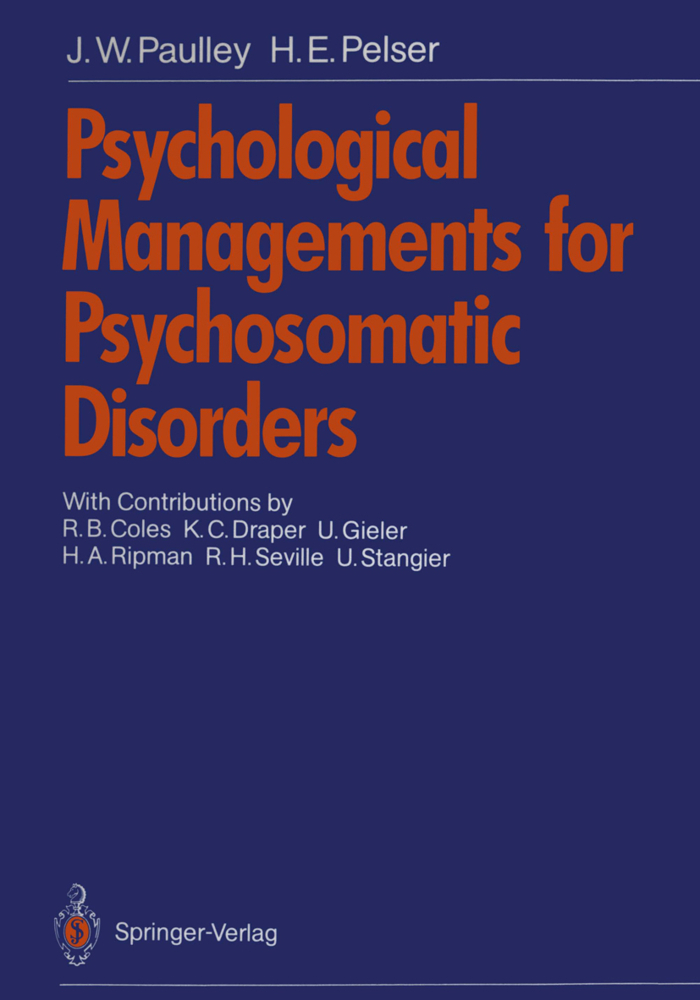Eating Disorders and the Skin
Eating Disorders and the Skin
At least 40 skin signs are associated with eating disorders (EDs), and some of them are considered guiding signs because they are indicative of an otherwise hidden ED. The role of the dermatologist in this context is to suspect the presence of a hidden ED based on these guiding signs. With this in mind, the most important specialists in the field come together in this book to document all of the dermatological aspects of EDs. General topics such as classification of EDs, epidemiology, and medical complications are first addressed, and skin signs attributable to various causes are then discussed in a series of detailed chapters. Characteristic changes in the hair, nails, and oral cavity are also carefully documented, and the closing chapters address various other related issues of interest. "Eating Disorders and the Skin" will be an invaluable source of up-to-date information for both novice and experienced dermatologists, as well as other practitioners, psychiatrists, and nurses.
Medical Complications. Treating Eating Disorders in Primary Care
Endocrine Abnormalities in Eating Disorders
Nutritional Status and Immunocompetence in Eating Disorders
Skin Signs Due to Starvation
Skin Signs Due to Self-Induced Vomiting
Skin Signs Due to Abuse/Misuse Of Drugs
Skin Signs Due to Psychiatric Morbidity
Dermatologic Findings in Anorexia and Bulimia Nervosa of Childhood and Adolescence
The Anorectic Hand"
Hair in Eating Disorders
Nails in Eating Disorders
Oral Status in Eating Disorders
Dissatisfaction With Skin Appearance Among Patients With Eating Disorders
Aging-Related Concerns and Body Image: Possible Future Implications for Eating Disorders
Pain Sensitivity in Anorexia Nervosa and Bulimia Nervosa
The Effect of Anorexia Nervosa on Skin Thickness, Skin Collagen And Bone Density
Adipose Tissue Distribution After Weight Restoration and Weight Maintenance in Women With Anorexia Nervosa
Conclusions.
Classification of Eating Disorders
Epidemiology of Eating DisordersMedical Complications. Treating Eating Disorders in Primary Care
Endocrine Abnormalities in Eating Disorders
Nutritional Status and Immunocompetence in Eating Disorders
Skin Signs Due to Starvation
Skin Signs Due to Self-Induced Vomiting
Skin Signs Due to Abuse/Misuse Of Drugs
Skin Signs Due to Psychiatric Morbidity
Dermatologic Findings in Anorexia and Bulimia Nervosa of Childhood and Adolescence
The Anorectic Hand"
Hair in Eating Disorders
Nails in Eating Disorders
Oral Status in Eating Disorders
Dissatisfaction With Skin Appearance Among Patients With Eating Disorders
Aging-Related Concerns and Body Image: Possible Future Implications for Eating Disorders
Pain Sensitivity in Anorexia Nervosa and Bulimia Nervosa
The Effect of Anorexia Nervosa on Skin Thickness, Skin Collagen And Bone Density
Adipose Tissue Distribution After Weight Restoration and Weight Maintenance in Women With Anorexia Nervosa
Conclusions.
Strumia, Renata
| ISBN | 978-3-662-52039-0 |
|---|---|
| Medientyp | Buch |
| Copyrightjahr | 2016 |
| Verlag | Springer, Berlin |
| Umfang | XI, 116 Seiten |
| Sprache | Englisch |

